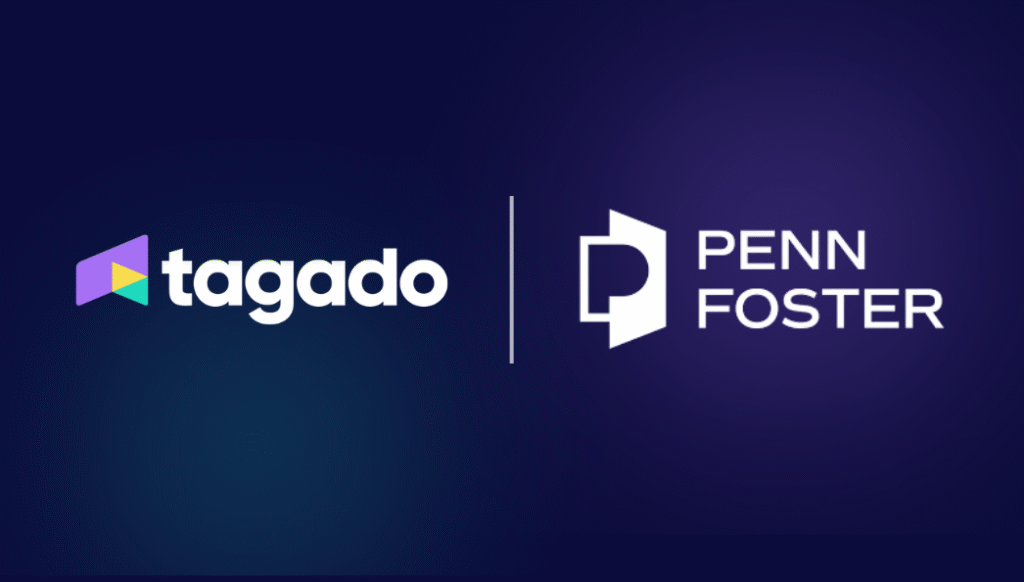Guest feedback is a goldmine of insights, but turning insights into meaningful improvements is a significant challenge for many hotels. While hospitality brands collect surveys and monitor NPS, these numbers alone don’t tell the full story of the guest experience. This was the challenge for a leading global hotel chain that wanted to move beyond metrics and truly understand what their guests were experiencing. Even with a strong survey response rate, they struggled to pinpoint exactly what was driving changes in guest satisfaction. To bridge the gap between data and action, they needed a more advanced approach to analyze guest sentiment and uncover insights that would lead to real improvements.
When Guest Feedback Falls Short: Finding the Missing Insights
With a 40% survey response rate, the hotel chain had access to a significant volume of guest feedback. However, despite this wealth of data, they struggled to extract meaningful insights. When NPS scores declined, they had no structured way to determine the root causes or take corrective action. Initially, the company attempted to analyze feedback manually, but this approach presented several obstacles:
- Time-consuming processes—sorting and categorizing responses required extensive manual effort, making it difficult to act quickly.
- Inconsistent accuracy—guest sentiment was often misinterpreted due to lack of context and nuance.
- Limited scalability—as feedback volume increased, their manual system could not keep up.
Without a scalable and efficient feedback analysis process, the company was left relying on assumptions rather than concrete insights.
Finding the Hidden Patterns: A Smarter Approach to Understanding Guest Sentiment
To move beyond basic NPS tracking, the hotel chain adopted Tagado’s AI-driven feedback analysis platform that leveraged Natural Language Processing (NLP) and Machine Learning (ML) to categorize guest sentiment in real time and detect emerging trends.
One of the most significant findings? Frequent complaints about bar service across multiple locations.
Through trend analysis, the company identified a pattern of negative feedback related to inattentive staff and slow service. These service issues were directly correlated with lower NPS scores and a decline in bar revenue. Equipped with clear, data-backed insights, the company implemented specific improvements:
- Enhanced staff training to improve attentiveness and service quality.
- Operational adjustments to streamline processes and increase efficiency.
- Proactive guest engagement strategies to improve overall experience and satisfaction.
From Data to Results: Driving Immediate Impact
By acting on these insights, the hotel chain achieved tangible results:
✔ 5–10% increase in bar revenue at impacted locations.
✔ Significant improvement in NPS, driven by enhanced service quality and responsiveness.
As the hotel’s Head of CX noted: “Previously, we could only see the NPS score. Now, we can pinpoint exactly what is influencing guest sentiment and take strategic action to improve the experience.”
Beyond Fixing Issues: Redefining the Guest Experience
With a data-driven feedback analysis process in place, the hotel chain shifted from reactive problem-solving to proactive experience management:
- Real-time insights—faster identification of issues enabled immediate corrective action.
- Stronger guest retention—proactive improvements demonstrated a commitment to customer satisfaction.
- Greater operational efficiency—manual processes were replaced with scalable, AI-powered workflows.
By moving beyond surface-level metrics and truly understanding guest sentiment, the hotel chain not only improved customer satisfaction but also strengthened its business performance.
Want to turn guest feedback into strategic action? Learn how data-driven insights can transform your approach to customer experience.




